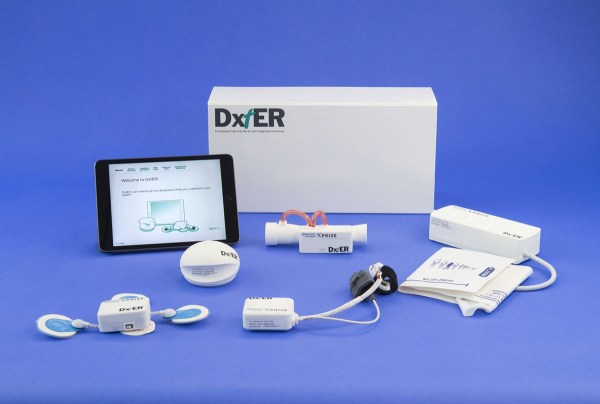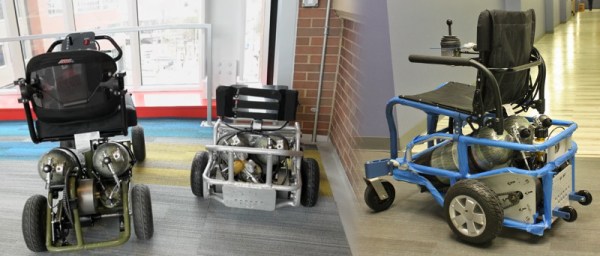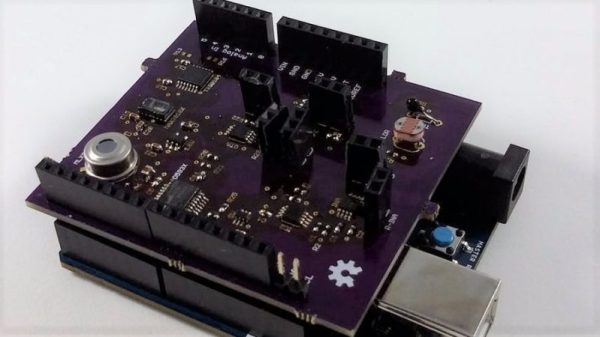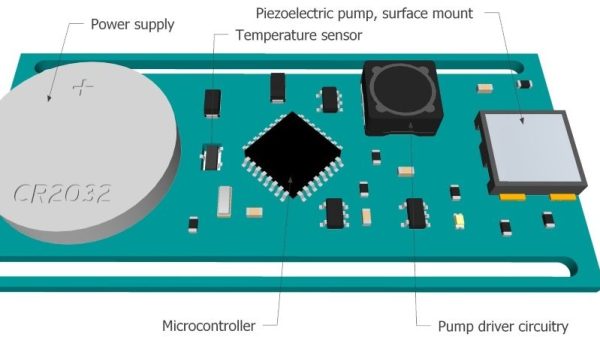So [DARPA] wants to start hacking human brains, With the help of the biomedical device center at the university of Texas in Dallas. This does sound a bit crazy but DARPA does crazy. Conspiracy theorists are going to have a field day with this one.
The initial plans to turn us all into mindless zombies seem to be shelved for now, however they are working on what they call Targeted Neuroplasticity Training (TNT), which they explain means using the body’s nervous system to enhance and speed up the learning process. This could be achieved by using a process known as ‘synaptic plasticity‘ which opens and closes the brains synapses with electrical stimulation. They hope that by tuning the neural networks responsible for cognitive function it will enhance learning. Let’s just hope they don’t turn any humans into DARPA falling robots.





















